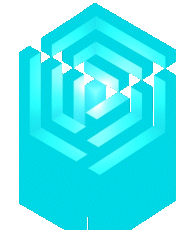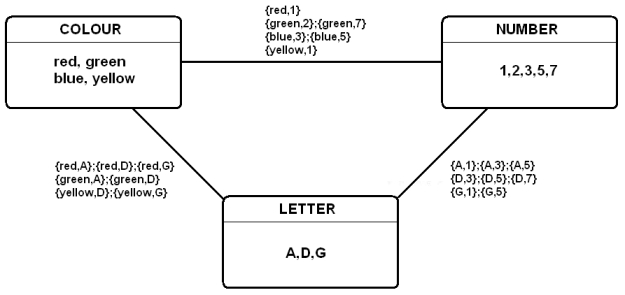
Home Orange Blue Green Pink
AI & constraint programing, a brief introduction

 prunus domestica |
A universal turing machine,
is an algorithms that create algorithms that solve solvable problems. Minimising your maximum loss in a game can sometimes be obtained by playing randomly. Constraint programing techniques will teach you to prune trees more efficiently, and that failing fast is a good way to succeed.  deep blue |
 Alan Turing |
